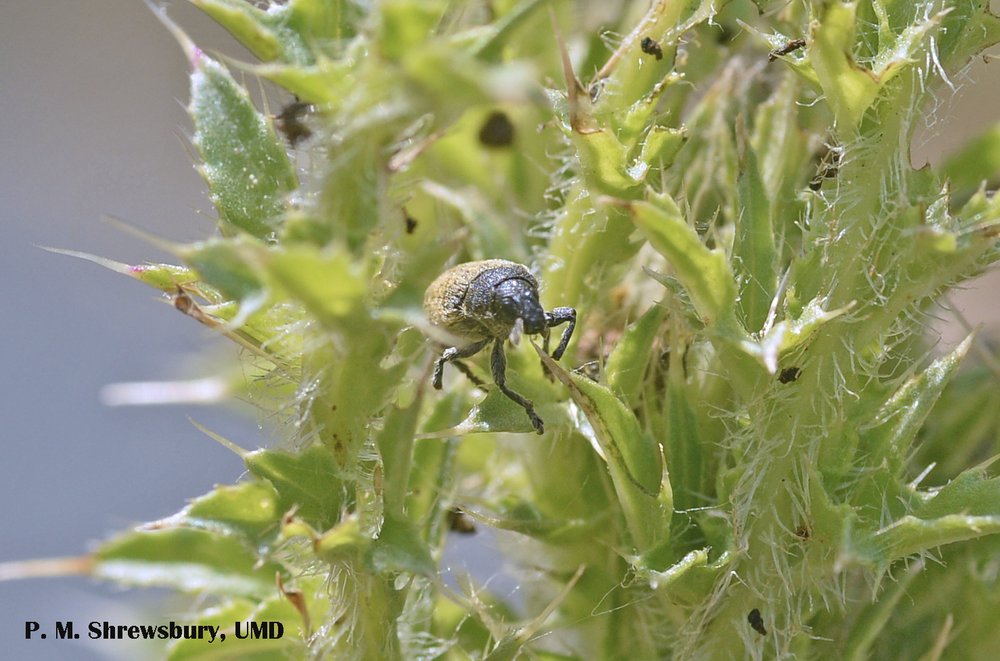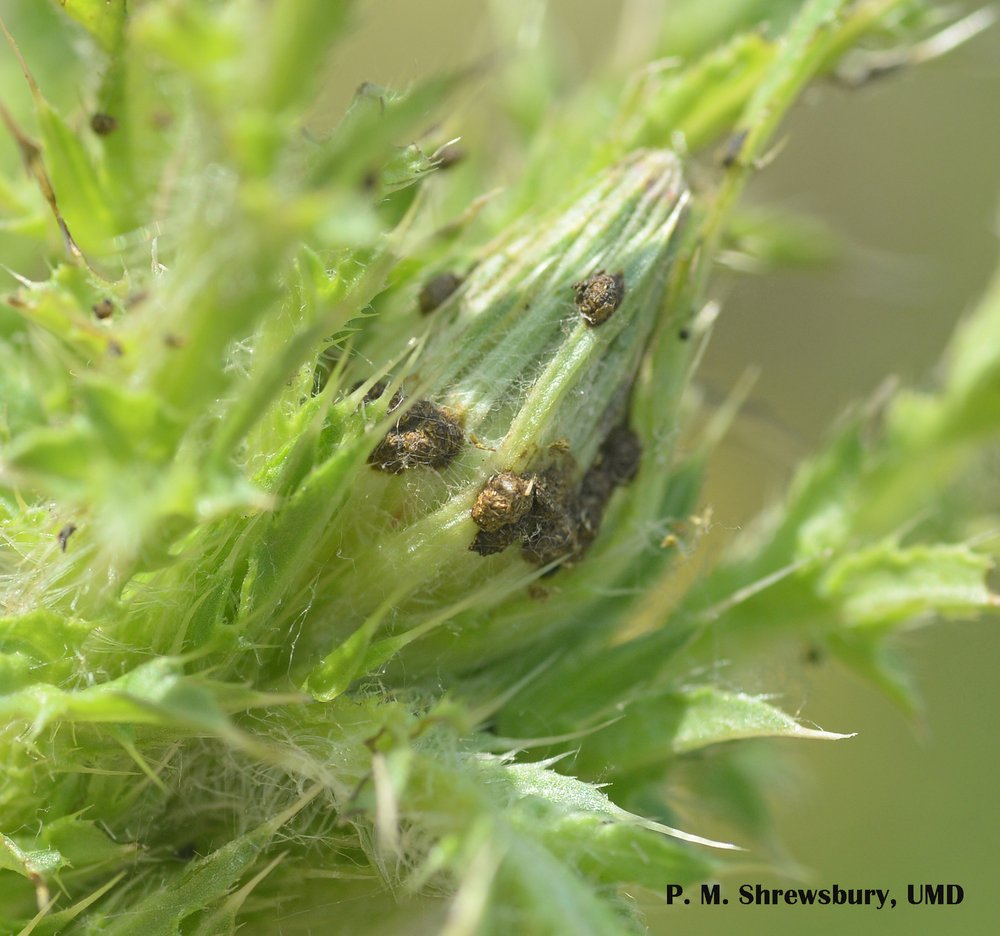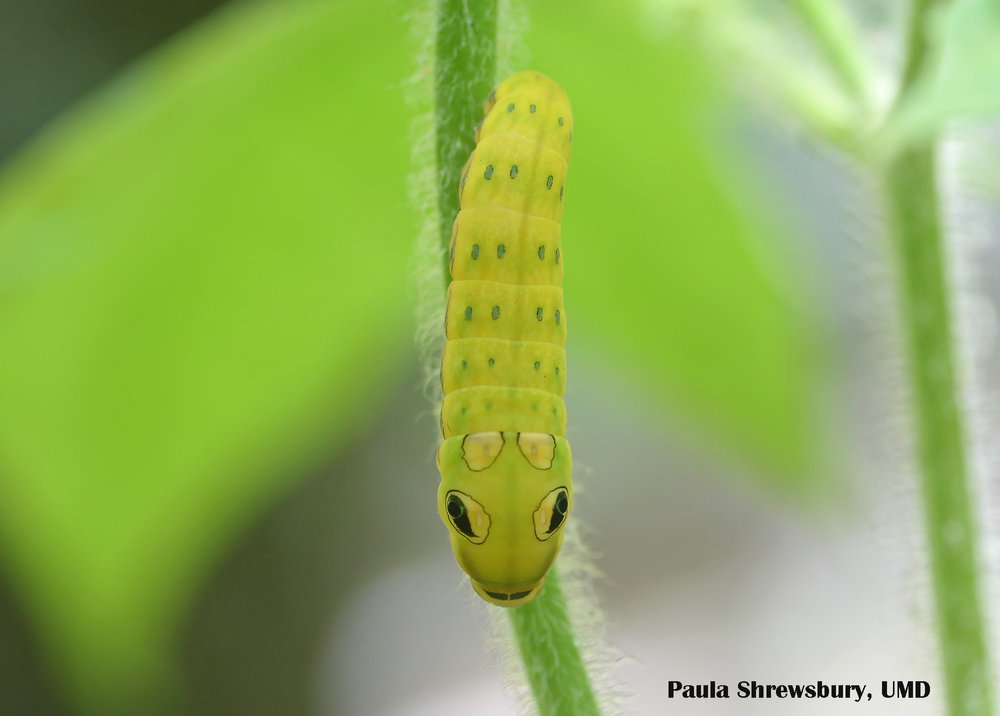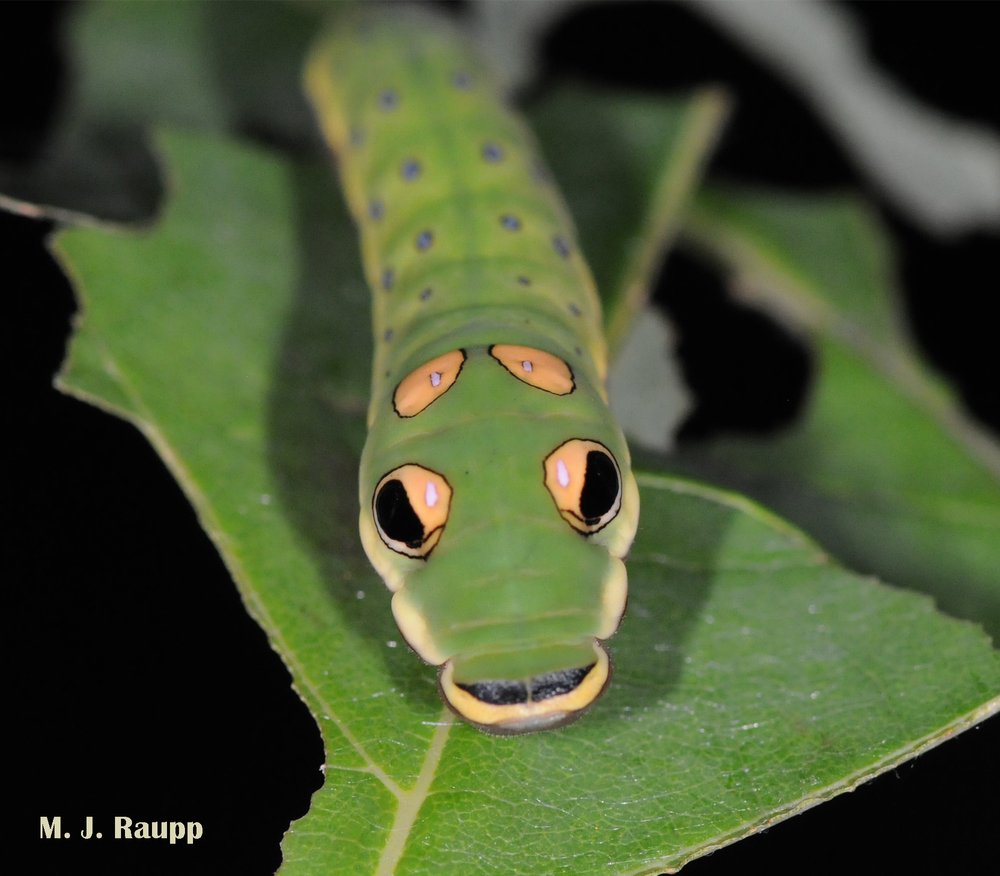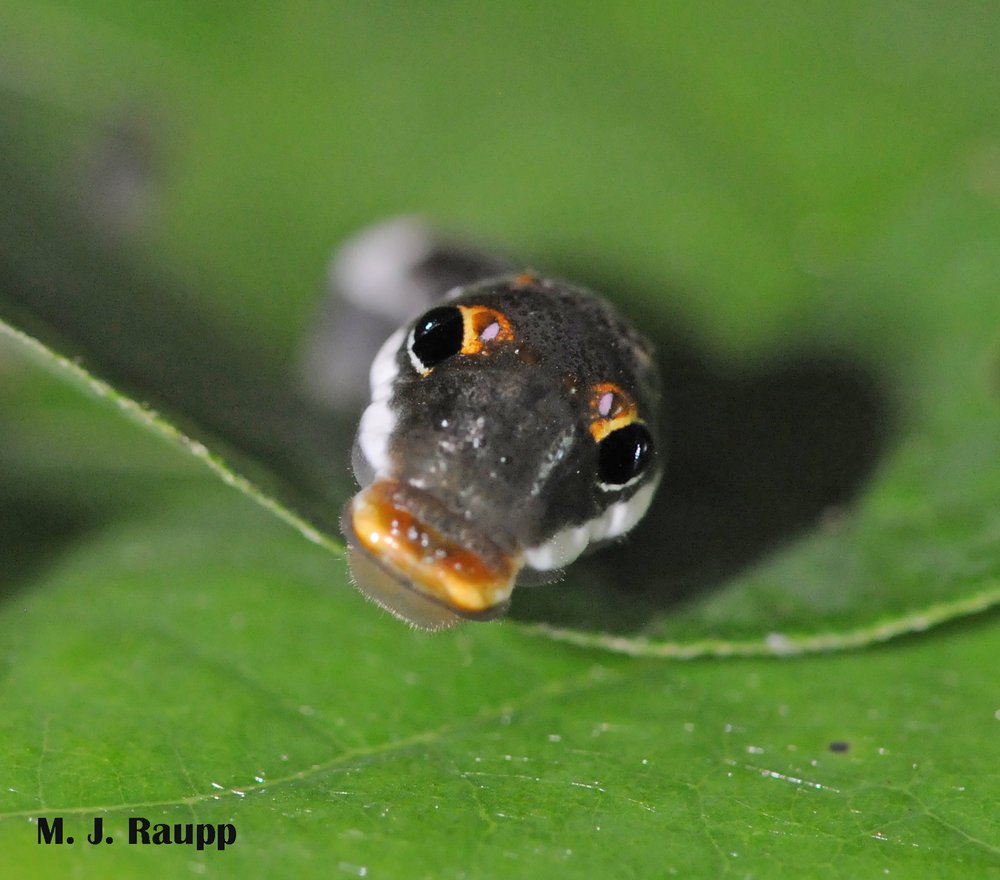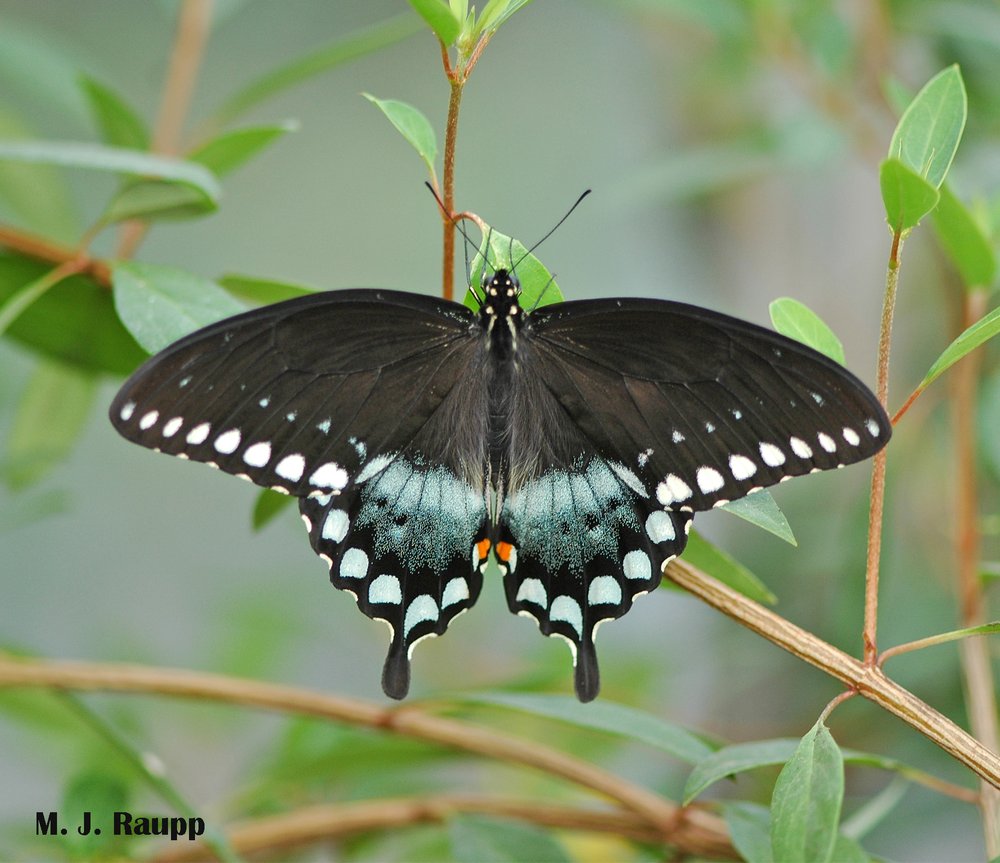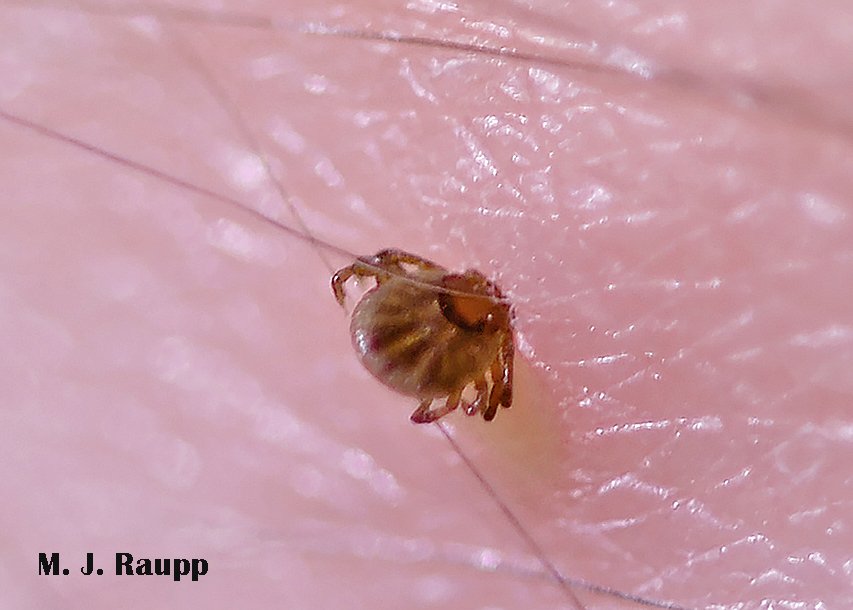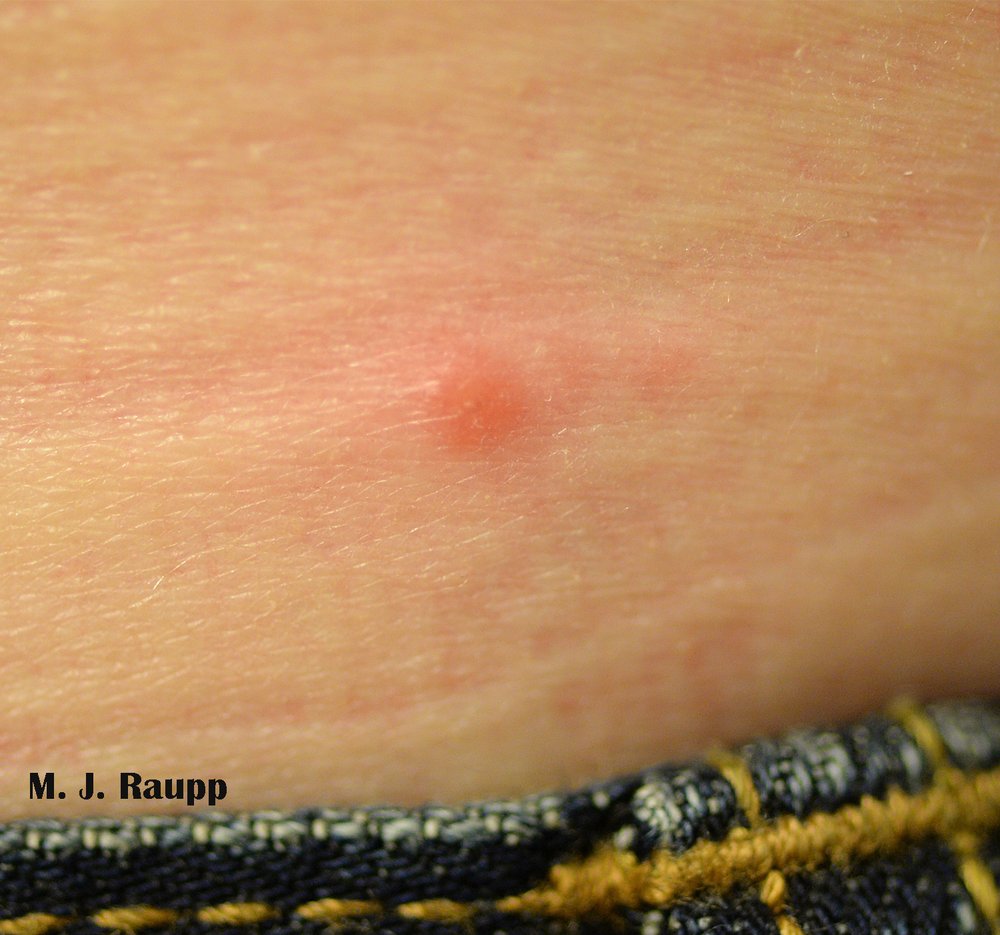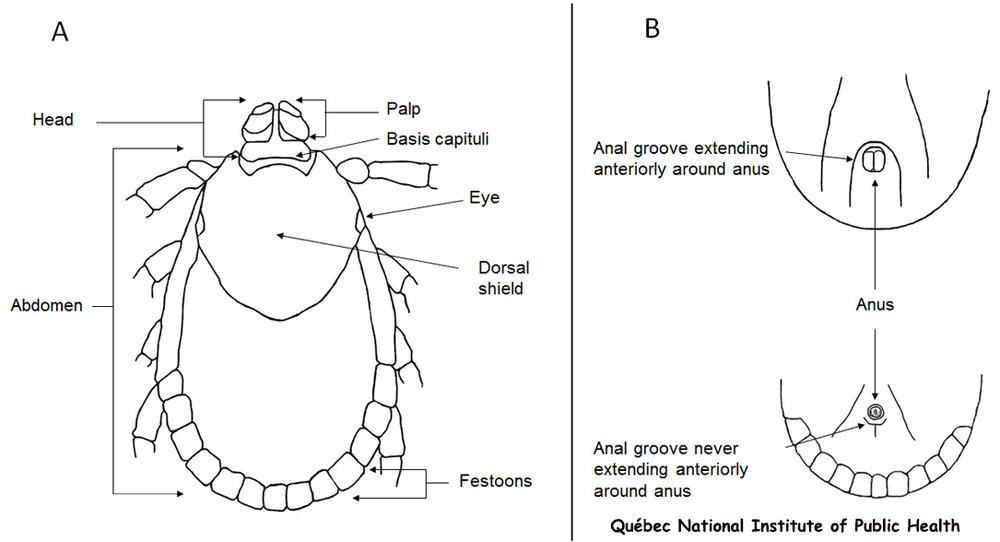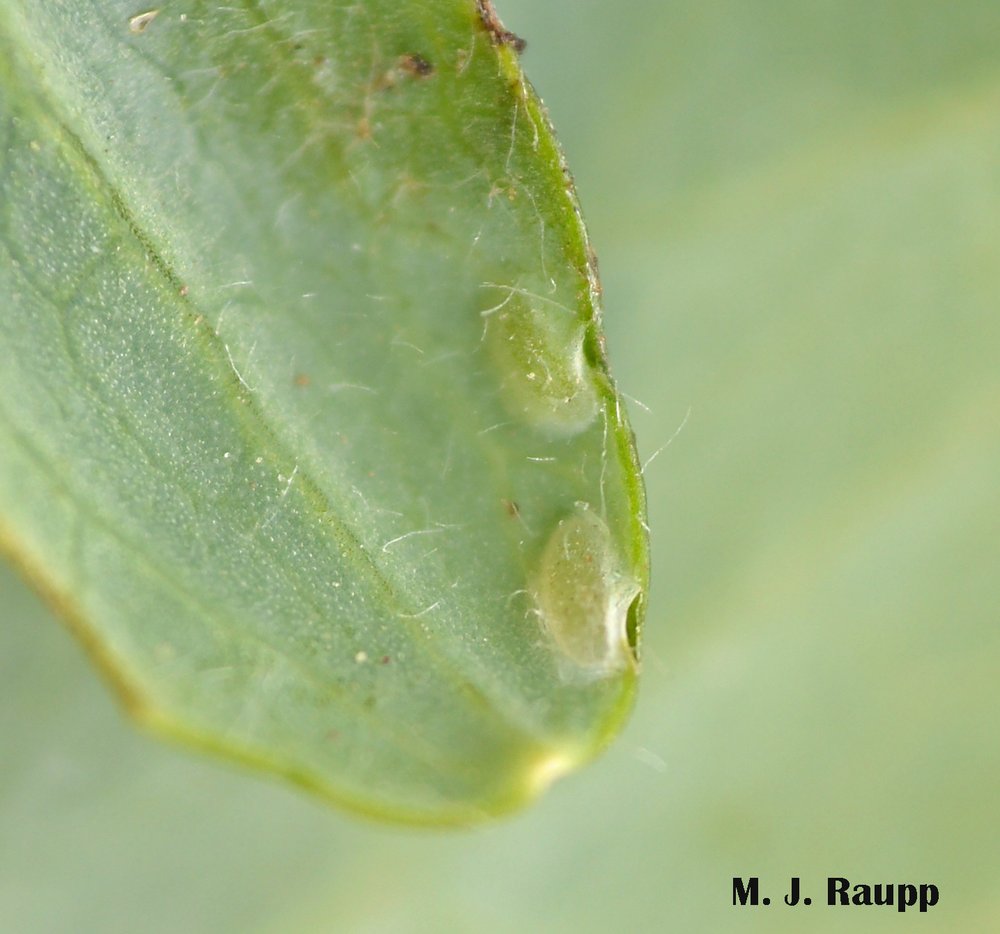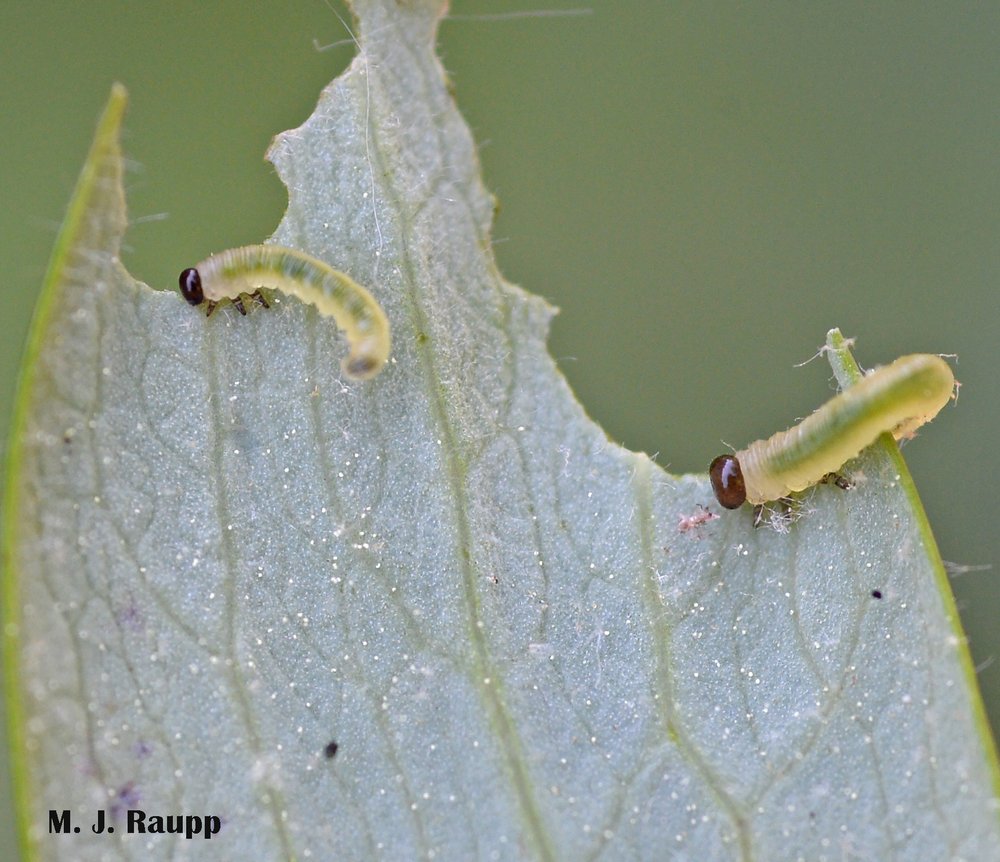How Does Pest Control Treat Flea Infestations?
Flea Control Isn’t a DIY Project
Fleas are more than just an itchy nuisance. These tiny, bloodsucking parasites reproduce quickly, with females laying up to 40 eggs daily. Females often lay eggs on their hosts, including dogs, cats, and birds, and those eggs can easily fall off, which is how infestations spread so easily around a large area.
The tiny pests can live up to one year, and survive for weeks between feedings, making fleas particularly challenging to get rid of once they arrive. Additionally, although fleas don’t live on humans, they often bite them, typically around the ankles and feet. Flea bites can cause an allergic reaction and potentially spread germs that cause typhus or the plague.
Because of fleas’ rapid reproduction and far-reaching potential to spread, prompt professional pest control for a flea infestation is essential. While many people think treating their pets is enough, the entire environment requires treatment to ensure thorough removal of all fleas. DIY approaches rarely eliminate all the eggs, leaving you with a new generation that is just waiting to emerge.
Let’s take a closer look at the types of fleas that are common to the region and the benefits of professional flea pest control.
Types of Fleas in North America
Adult fleas are typically no bigger than a grain of rice, with bodies that span 1/8 inch long. They don’t have wings, but these bloodsucking parasites can jump extremely long distances and have the stamina to jump up to 30,000 times in a row if needed.
Fleas have been around for millennia, with more than 2,500 species in existence. All fleas feed on warm-blooded hosts. However, when fleas invade human spaces, they are usually one of two species: dog fleas or cat fleas.
Dog Flea
These fleas typically measure about 1/16 of an inch long, with brown or brownish-black bodies that look reddish-brown after feeding. As the name implies, this flea prefers feeding on canines. However, dog fleas also feed on other animals, most commonly rabbits. These fleas will bite humans as well, potentially spreading germs or tapeworm parasites to them.
Dog fleas can survive without feeding for months. Additionally, when dogs and rabbits are not available, these fleas will feed on other animals, including birds and humans. A dog flea bite can cause intense itching and bite marks that look like a red dot with a red circle surrounding it.
Cat Flea
Out of the thousands of species, the cat flea is the most common type of flea. Although the dog flea is found in the United States, the cat flea accounts for the majority of flea infestations on both cats and dogs.
Cat fleas look similar to dog fleas, with bodies that range anywhere from 1/32 to 1/8 of an inch long. They may be dark brown or reddish-brown in color, and they lay tiny, oval-shaped white eggs that are typically about 1/64 inch long. After feeding, cat fleas lay their eggs on the host, and they hatch within three weeks or less, beginning the new generation’s lifecycle. Cat fleas can enter homes, businesses, and other spaces on pets, stray animals, and wildlife such as foxes, rats, and opossums. The bites look similar to those caused by dog fleas.
Professional Flea Control Services
Flea control isn’t a DIY proposition. If you have pets, you should work with your veterinarian to ensure you are using the best possible treatment for them. Likewise, working with a professional pest control company ensures you effectively eliminate all fleas from the property in a safe manner.
If you notice your pet is itching more than normal or you find tiny bites that look like a red dot surrounded by a tiny red halo, prompt action is essential. Just treating your pet for fleas is not enough because it is very likely that tiny flea eggs fell off your pet’s body (or the body of another host like nuisance wildlife). This means that flea eggs could be widely dispersed around your property.
Catseye Pest Control uses a three-step process to eliminate fleas and restore your peace of mind. What can you expect from our flea control solutions for homes and businesses? For starters, we will work with you every step of the way, providing guidance for the actions you need to take both before and after flea treatments.
Preparing for Professional Flea Control Services
Cleaning before treatment can help remove fleas and trigger pupae to leave their cocoons. This helps increase the efficacy of the treatment. If you aren’t able to clean and vacuum the entire interior, focus on high-traffic areas, carpeting and floors, pet bedding, and furniture.
What to Expect During the Visit
We take an innovative approach to not only eliminate adult fleas, but also prevent reproduction and disrupt development. In doing so, we can eradicate fleas now and help prevent infestations in the future. Our three-step process begins with a thorough inspection of the property. From there, we create a customized treatment plan specific to your unique property. Our flea treatment begins with exterminating adult fleas, but it also includes an insect growth regulator that prevents new fleas from reproducing, effectively disrupting future lifecycles.
Schedule Your Free Inspection Today
The faster you get professional pest control for a flea infestation, the better the infestation can be contained. Catseye’s treatment plan is tailored to your unique property and circumstances, and it can also help prevent future infestations.
Turn to the trusted experts at the first sign of fleas — itching, scratching, tiny bites, or visible eggs. Contact us for more flea control information or to schedule your free inspection today.
The post How Does Pest Control Treat Flea Infestations? appeared first on Catseye Pest Control.
This article appeared first on Catseye Pest
